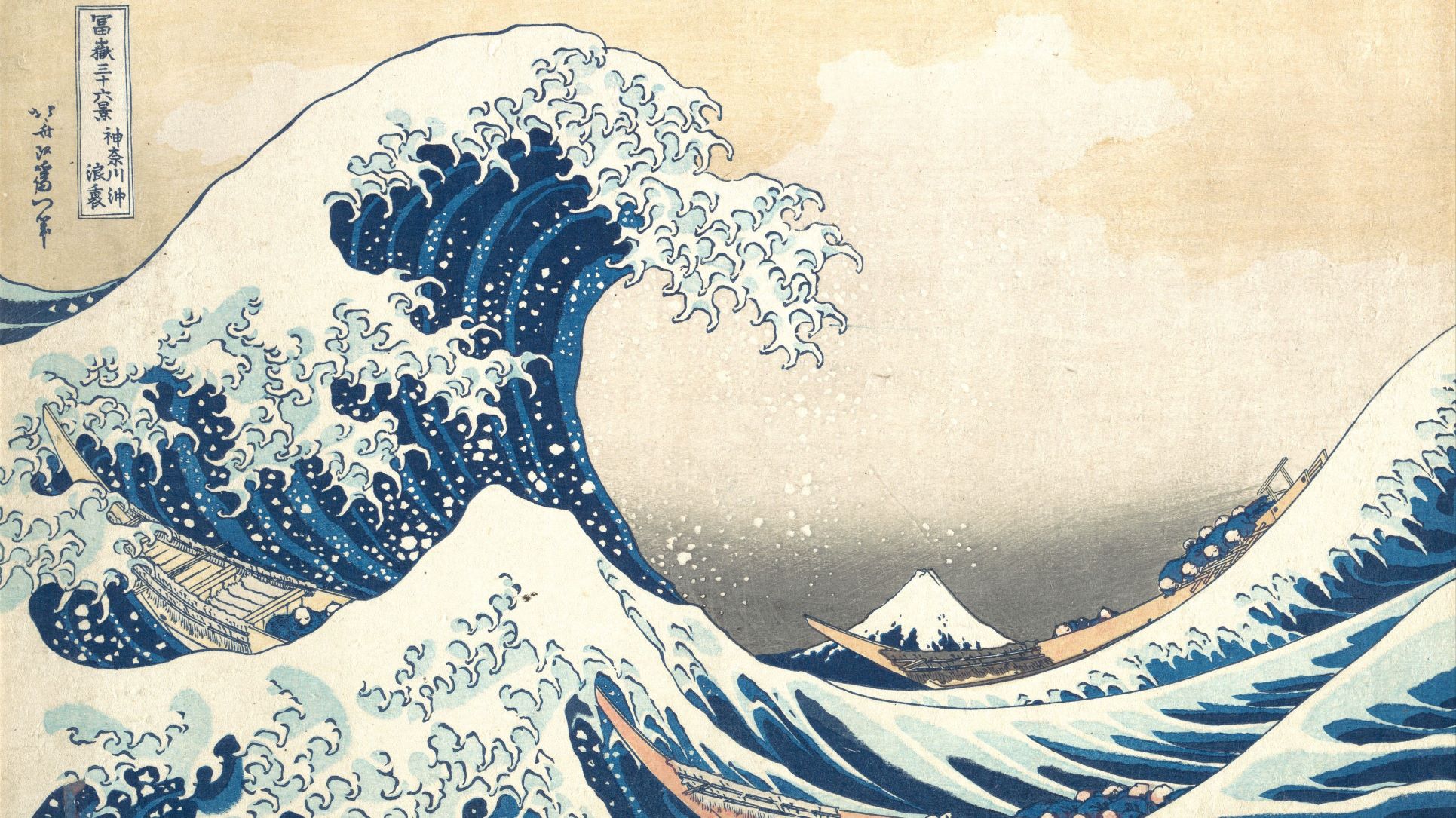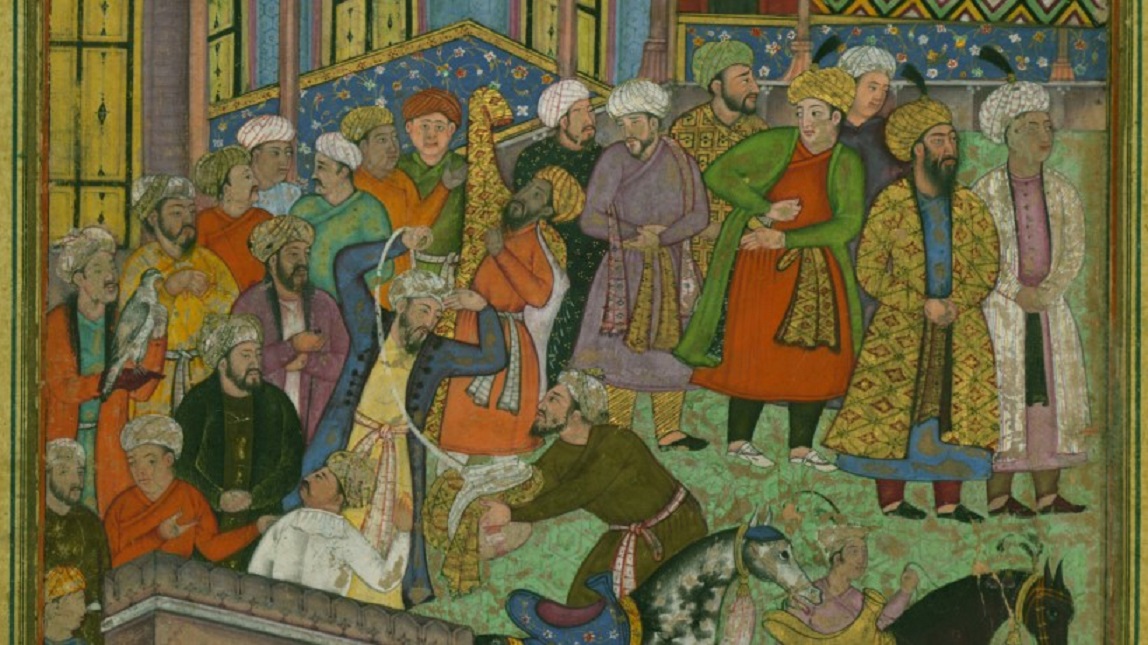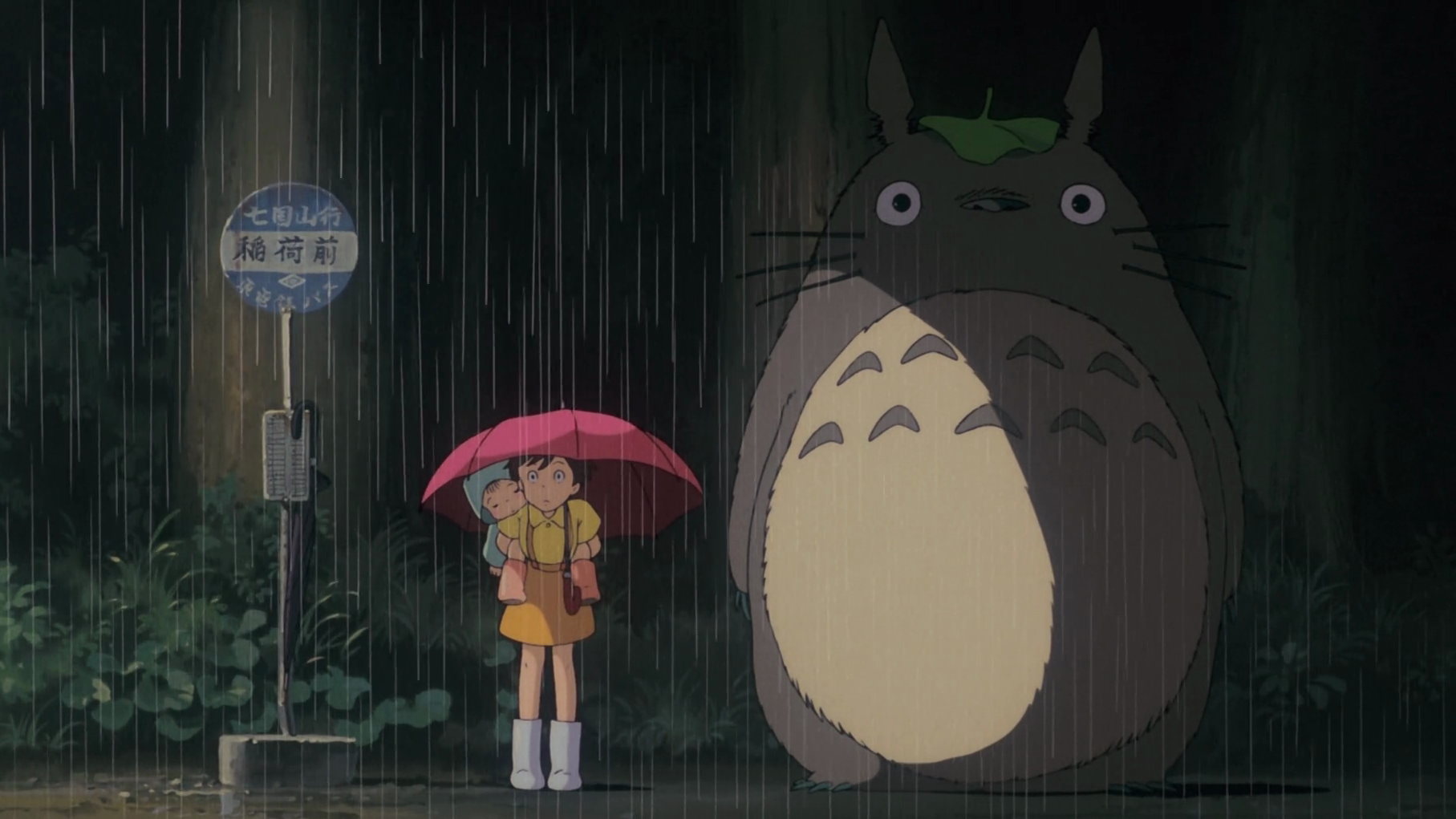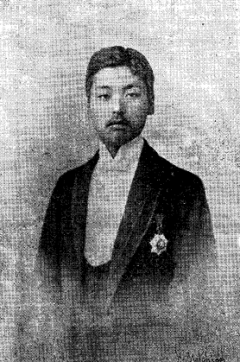Look back in manga: The surprising link between Japanese graphic art and Islam
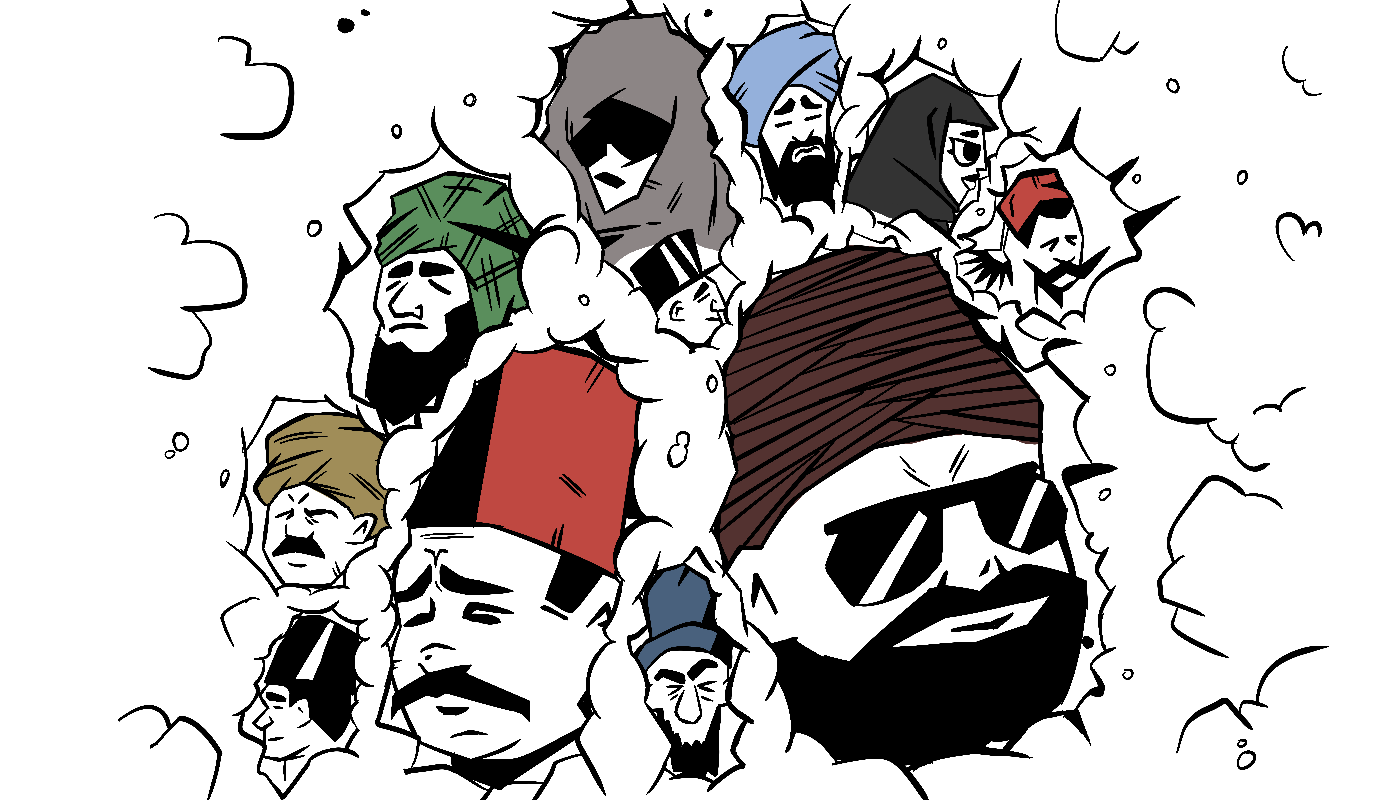
When one thinks of Japan, Islam’s historical presence does not come to mind. While the religion established a presence elsewhere in east Asia, cultural contact between Muslims and the country were limited until recent times.
However, with the rise of Muslim migration to Japan and curiosity brought about by the media coverage of Islam, the question of the religion’s place within Japanese society and tradition has become more pertinent.
Stay informed with MEE's newsletters
Sign up to get the latest alerts, insights and analysis, starting with Turkey Unpacked
Estimates put the number of Muslims in Japan, both converts and migrants, at around 230,000, with numbers expected to rise in the coming decades, potentially making Islam a more established part of the Japanese cultural landscape in the near future.
The faith is nevertheless commonly considered foreign and alien to Japanese history and culture by ordinary people.
Addressing that sense of distance from Islamic culture might not be as arduous a task as one might imagine, according to Japanese academic Dr Naoki Yamamoto, who says a lot of Islam’s teachings can be found in existing Japanese cultural traditions, specifically manga.
Based at Istanbul’s Marmara University, Yamamoto is currently working on a project entitled Introduction to Sufism through Key Concepts of Manga, in which he argues that manga, and anime in particular, can be a bridge to educate many Japanese, especially the younger generation, to understand Islamic teachings.
The word manga is a collective term, referring to the Japanese tradition of comic books, animations and graphic novels.
While its current forms developed in the 19th century, it has its origins much earlier in a context heavily influenced with religious ideas.
Manga's history
Manga’s tradition dates back to the 12th century when Buddhist monks created Emaki scrolls, or illustrated texts, that discussed issues, such as spirituality and politics - sometimes in narrative form. These scrolls could be found on the walls of buildings, such as houses of worship.
The 18th century Japanese woodblock artist Katsushika Hokusai popularised the term “manga”, which comes from the amalgamation of the words man, meaning “whimsical”, and ga meaning “pictures”.
But Hokusai’s work was anything but whimsical, the artist is famous for his print The Great Wave of Kanagawa, one of the most recognisable paintings in the world.
He also produced thousands of manga images in a 15-volume collection named Hokusai Manga, which was first published in 1814 and mostly contained vignettes unrelated to each other.
His artistic influence also found its way to Europe in the 19th century when Japan opened up to the rest of the world during the Meiji period, and its artistic forms inspired European painters like Van Gogh, Monet and Manet, in a trend known as Japonisme.
The Ottoman world too joined in with the trend, with artists creating their own versions of Ottoman Japonisme.
The Muslim world was not unfamiliar with the illustrated story-telling traditions and in the Persianate world, which included the Ottomans, Iran and Mughal India, there was a long established tradition of miniatures, which blossomed under Mongol Ilkhanid patronage in the 13th century.
During the Pax-Mongolica period, illustrated storytelling was popularised by Mongol converts to Islam in the Middle East and Central Asia, and in the Far East by Mongols who had converted to Buddhism.
While these forms continued to develop in the Far East, in Muslim societies they were criticised in some conservative circles for their depictions of the human likeness, leading to their eventual rarity in the present day.
Nevertheless, visual storytelling was common in the Sufi tradition, as well as in Japan to convey religious ideas for centuries and educate new populations about religious teachings.
Manga is therefore a proven gateway for young Japanese people to become more educated about their changing society and the developments in the rest of the world.
Spiritual roots
According to Jolyon Baraka Thomas, an expert on manga and author of the book Drawing on Tradition: Manga, Anime, and Religion in Contemporary Japan, Japan’s traditional religions Buddhism, Shintoism and even Confucianism have informed Japanese conceptions on a host of issues such as life and death, morality and cosmology.
Ideas associated with the concepts, however, are not viewed in explicitly religious terms, but instead as “common sense Japaneseness” or joshiki.
The works of Studio Ghibli anime director Hayao Miyazaki have often been described as incorporating “Shinto” elements and while the filmmaker rejects this claim, his works include depictions of deities, such as the giant rabbit-like spirit named Totoro in My Neighbour Totoro (Tonari no Totoro, 1988).
This can also be seen in the works of Japanese filmmaker and manga artist Makoto Shinkai, for example in his 2016 film Your Name (Kimi no Na wa), he bypasses formal religion and taps directly into an illusory spiritual realm. For both Miyazaki and Makoto they are not depicting religion but "Japaneseness".
Could Islamic values be introduced in the same way? Yamamoto believes so.
The academic has found that such forms of expression in anime and manga can be used to convey Sufi ideas, which can resonate with people in Japan as familiar concepts.
His ideas are not speculative hypothesising, as the works of the famed expert in Sufism, Professor Toshihiko Izutsu, have shown. The shared values between Islam, especially Sufism, with Taoism and Shintoism are abundant.
Born in 1914, Izutsu was a practising Zen Buddhist and a scholar of Islam, who produced a Japanese translation of the Quran and wrote about the similarities between Islamic and Japanese religious traditions in Sufism and Taoism: A Comparative Study of Key Philosophical Concepts, which was published in 1984.
Yamamoto has found that the popularity of manga characters Naruto from Naruto Shippuden or Tanjiro from Demon Slayer were not simply due to the genre being ninja-manga (Naruto) or samurai-manga (Demon Slayer), but also due to the spiritual teachings in this genre.
A key feature within the Shonen Manga genre to which Naruto and Demon Slayer belong is to represent the main protagonists on a moral journey of discovery and development, one in which they are guided by teachers and sages and, as a result, find meaning beyond the simple material world.
That implicit rejection of the material has a counterpart in Sufism, which similarly encourages a move away from the "worldy" towards the inner.
Another similarity with the Sufi tradition is the "master and student" relationship. In one interview, Yamamoto draws on the similarity between such relationships found in the manga genres and the Quranic story of Musa and Khidr; a student, who begins in a position of ignorance, is expected to infer the truth from his teacher even when the latter's actions might not make sense to them.
Both Islam and the Shonen Manga tradition also share common themes like the "working spirit" (known as sayr-u suluk in Arabic), "guidance" (irshad in Arabic) and "repentance" (tawba).
For Yamamoto the ideas are already there, they simply need translating.
Islam is part of Japanese history
While Islam continues to be depicted as un-Japanese by the Japanese media, there was a point in the 19th and early 20th century when some Japanese elites took an interest in Islam, something that has largely escaped the contemporary collective Japanese imagination.
During the 19th century, both Meiji Japan and the Ottomans would observe one another’s reformation attempts to save their imperial empires, and by doing so would examine each other’s cultures and traditions. After the Tokugawa Shogunate period, where Japan was much isolated from the world, the Meiji period’s opening up to the world exposed Japan to Islam.
Between 1880 and 1881, Japanese businessmen who hoped to sell tea to Muslim markets travelled to Qajar Iran and Ottoman Istanbul, sparking an interest in the religion of their hosts. One of these men, Torajiro Yamada, resided in Istanbul and also taught Japanese to Muslim elites. Yamada would send his illustrations of Ottoman Istanbul during his stay back to Japan.
Such was the interest in Islam that an article written in 1893 in a Japanese newspaper read “Islam is now entering Japan”.
In 1891, Buddhist monks also visited Istanbul to learn more about Islam, and Muslim merchants from India and the Malay world made their way to Japan.
Japanese journalist Shotaro Noda is probably the first known instance of a Japanese subject converting to Islam, adopting the religion during his time in Istanbul in 1891.
Later military men Takeyoshi Ohara and Mitsutaro Yamaoka also converted to Islam after the Russian-Japanese war of 1904-1905, however, their conversions are often framed as propaganda attempts to court Muslims in Russian-controlled Central Asia.
During the interwar period, the scholar Nur Muhammad Ippei Tanaka and merchant Ahmad Bunpachiro Ariga would become Muslim also. While some have criticised the validity of these conversions, these Japanese thinkers saw Islam as a belief that could be accommodated as part of Japanese traditions.
Tanaka, who had learned Chinese and studied Confucianism, said his path to Islam was via “Islamic Confucianism”. Later he would draw similarities between Islam and Shintoism.
Ariga was interested in what he deemed “Japanese Islam”, which was a syncretic outlook between Pan-Asianism and Islam. For both Tanaka and Ariga, for Islam to prosper in Japan it needed to be understood by the compatriots using Japanese traditions and forms.
In many ways Dr Yamamoto's ideas are reflective of how Japanese converts to Islam view Islam as a tradition that can be part of the Japanese landscape; Islam need not be feared, but instead it must be understood that Islamic teachings need not antagonise Japanese traditions and customs.
The manga genre can become an effective medium in conveying the traditions of Islam, given that the transmission of spiritual traditions are heavily ingrained within its historic culture.
While some may find the use of entertainment as a vehicle strange, for many in Japan it is the nuances that the visual medium form provides and its feeling of familiarity that can help normalise Islam’s teachings within mainstream Japanese society.
With more and more young Japanese Muslims growing up in Japan over the next decade or so, storytelling in the popular manga form may be an indigenous Japanese way for Islam and Muslims to become accepted.
This article is available in French on Middle East Eye French edition.
Middle East Eye delivers independent and unrivalled coverage and analysis of the Middle East, North Africa and beyond. To learn more about republishing this content and the associated fees, please fill out this form. More about MEE can be found here.


